MARKET PERSPECTIVE
By J Mulraj
Mar 29- Apr 4, 2025
Globalization and Multilateralism fading away
Image created by Canva
A record album called ‘The First Family’, released in 1962, portrayed the Kennedy Family in a series of humorous skits. One of them had Baby John telling his friends that they could play ball with him, but by his rules. When questioned why, he replied ‘cos it’s my ball, that’s why!’
Last week Donald Trump placed reciprocal tariffs on several countries on the same logic – ‘because it’s my ball, that’s why!’ USA is a large trade partner, far bigger than most others. (Actually Chinese global trade is $6 trillion, compared to $5 trillion of USA).
Trump feels that previous US Presidents weren’t tough enough negotiating trade agreements with other countries. As a result, they managed to raise their import tariffs significantly higher that those levied by USA, giving their industry a protective cushion. Trump has half-punctured this cushion, imposing reciprocal tariffs about half the tariff level of other countries. by doing so, Trump hopes to earn a lot of revenue, which he can use to lower debt, and also drive foreign investment in manufacture into the United States, to avoid paying tariff.
The size of the US economy, one led by consumption, and the world’s largest, gives it the muscle to impose tariffs. The status of the US $ as the sole internationally accepted currency, together with American control over the international payments system, SWIFT, gives it the muscle to impose and enforce sanctions. Trump is using both muscled biceps to pummel other countries. He has flexed his muscles in suggesting, for example, that his northern neighbor, Canada, become the 51st State of USA. And in his threat to take over Greenland, an autonomous territory of the Kingdom of Denmark, by force if necessary. And his desire to take back control of the Panama Canal, control of which has been ceded by Panama to China.
Perhaps Donald Trump hadn’t heard of, or had forgotten, Sir Isaac Newton’s third law of motion, viz ‘every action has an equal and opposite reaction’. If he studied Newton, he may have appreciated the ‘gravity’ of the situation! (couldn’t resist that).
Trump may not have heard of, or has developed an amnesia over, the Smoot-Hawley Act passed in 1929, when America entered a recession. The Act sharply raised tariffs on imports, to protect domestic industry and American jobs. But it boomeranged, as other countries retaliated, making the recession much worse.
It would be too much to expect Trump to have heard of Aristotle, considered the father of logic. His ‘reciprocal tariffs’ appear to be based on the trade deficits the US has with other countries, rather than facts. Logically the deficits are triggered not by others ‘ripping off Americans’ but, rather, by the insatiable appetites of Americans to consume. Witness the huge US credit card debt, at $1.2 trillion. Let’s examine each of Trump’s forgetfulness.
Newton’s third law.
Canada and the Netherlands, for example, are boycotting American products, the former because of unwillingness to kowtow to America, the latter because of the rant against Greenland. Trump’s rants have succeeded in bringing together three leading Asian economies, whose past history, had, hitherto, made them inimical to each other. China, Japan and South Korea have agreed to promote regional trade to jointly deal with the Trump tariff hikes .
Besides Canada, China and EU say they will take action against the tariff hikes.
Smoot Harley Act:
In 1929 other countries were emboldened to levy counter tariffs, because USA didn’t then have the power of a sole internationally accepted currency to levy sanctions. That power came after WW II, at the Breton Woods Conference. Today, Trump can, and does, sanction countries he doesn’t agree with. So the failure of Smoot Hawley may not be a good analogy. Trump can cock a snook! Having said that, China is likely to use it’s dominance in rare earth minerals as leverage.
Aristotle and logic:
The computation of the recent ‘retaliatory’ tariff hikes is illogical. It is not, as assumed, a reciprocal raise to import tariffs prevailing in the other countries. Rather, it has been imposed on around 60 countries that have a trade surplus versus America (India is one of them). The ‘reciprocal’ tariff has apparently been calculated based on the revenue needed to equalise the trade deficit. Never mind that the American consumer has a huge appetite for goods, and never mind that the resultant trade deficit doesn’t cause much inflation, as it should, simply because the USD is the only globally accepted currency. The US is exporting it’s inflation.
Assuming that tariff hikes won’t cause domestic inflation. Take the automobile sector, for example. Cars made in America (about 50% of sales) won’t bear the 10% general tariff placed on all, plus additional tariffs imposed yesterday. For sure. But they import a lot of the parts needed in manufacture, and those will. So the US consumer would end up paying more. Voila, inflation!
One can expect other repercussions. There would be geopolitical tectonic shifts. India, for example, may get closer to China, the regional hegemon. It has to balance it’s global alliances. China, too, has developed expertise in a lot of emerging technologies such as AI (eg DeepSeek), robotics and mobility. The advent of humanoid robots dilutes India’s advantage of a young demographic profile. Humanoid robots would significantly improve productivity in nations deploying them, and India would have to find alternative job opportunities for displaced labour. Such as the burgeoning startup industry.
On the other hand, America is reshaping it’s defence industry.. The main drivers have been large corporations like Lockheed Martin, RTX (earlier Raytheon), Northrop Grumann, Boeing and General Dynamics. But the future of warfare is changing and, often, unmanned. Fascinating startups like Anduril, are successfully developing and deploying, technology based offerings. Anduril has developed drone killers at a far lower cost than a million dollar missile (that would likely miss). India needs such technologies and should try to acquire expertise in them.
The image shows the Indian elephant positioned in between the American eagle and the Chinese dragon!
As mentioned above, Japan, South Korea (both old allies of USA) have agreed with China to develop a regional alliance for trade. That represents a huge geopolitical shift.
In a rule based global system, multilateral institutions play a crucial role in setting rules and in acting as a referee. Trump is smashing such institutions with Thor’s hammer. Countries will form blocks and will deal with a Trumpian America on a bilateral basis.
You may, if you look deep enough, find the remnants of globalisation in the bathwater.
Stockmarkets reacted badly to the tariff hikes on ‘Liberation Day’. The fall across markets revealed it was not a Libation Day. Nothing to celebrate.
The BSE index closed at 75364 for a weekly drop of 2050 points.
Stock markets dislike uncertainty and the tariff war unleashed on Trump’s Liberation Day has created a lot. There would be retaliations and repercussions. With concomitant volatility.
As far as Indian markets are concerned, the individual investor is propping up the stock market. Retail investors pumped in Rs 260 billion (USD 3 billion) through SIP. So long as they remain committed, Indian markets will remain strong, with only a major geopolitical event as a risk.
Comments may be sent to jmulraj@asiaconverge.com



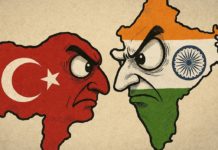
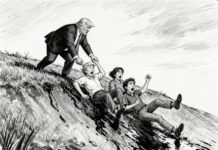







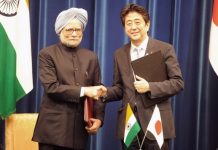
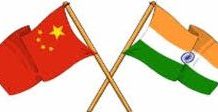







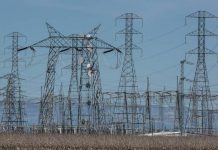







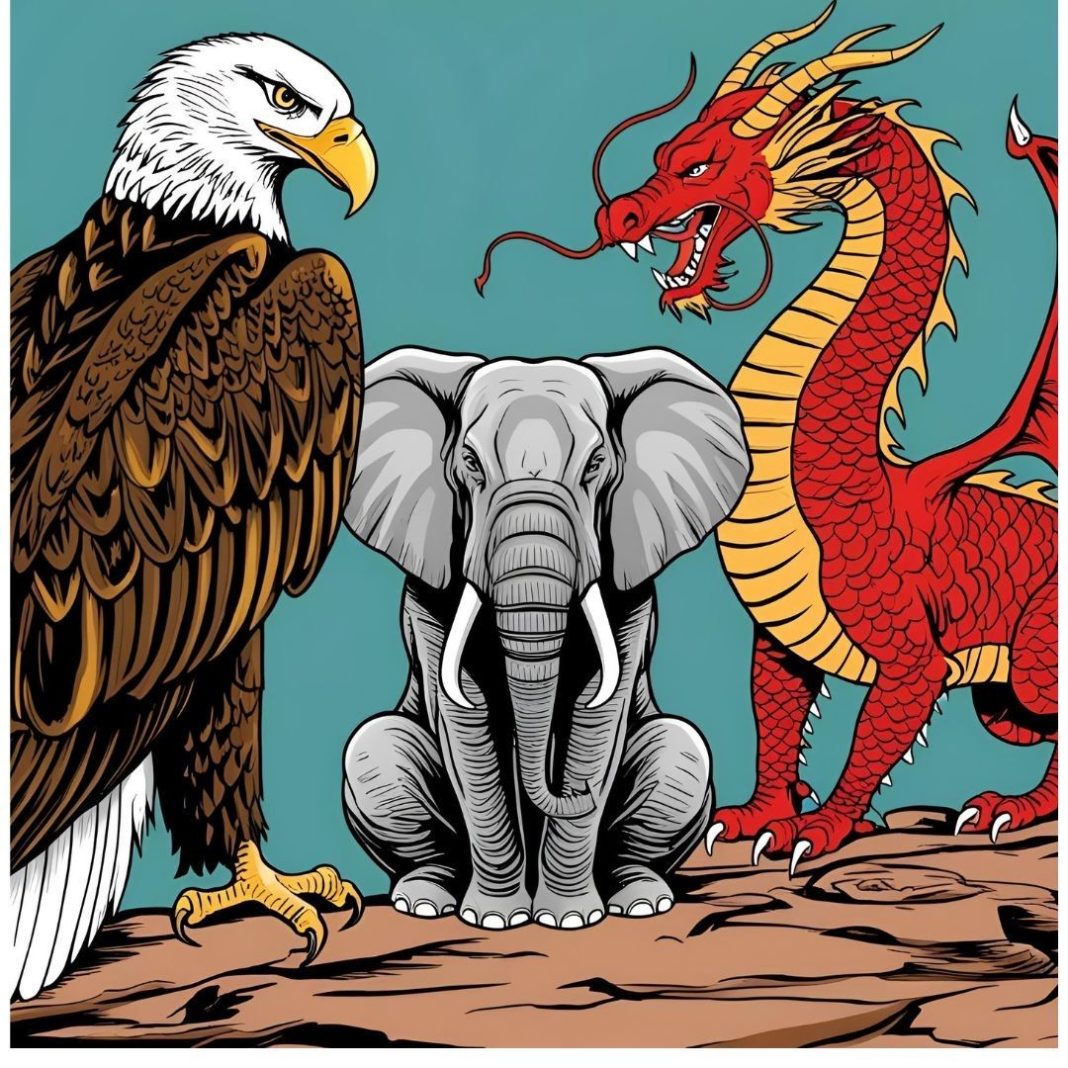












COMMENTS